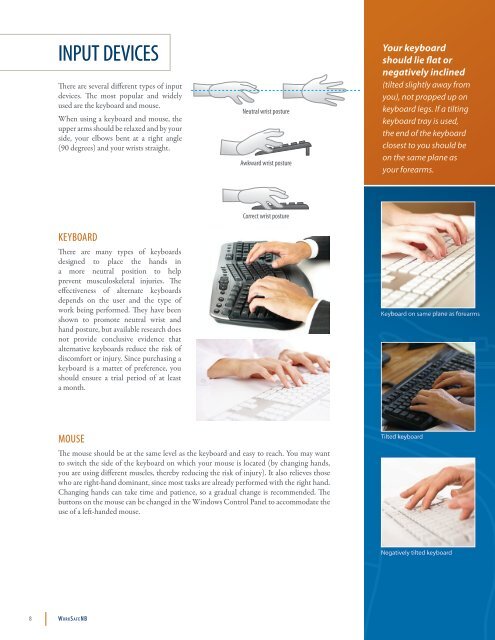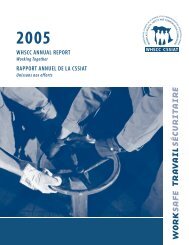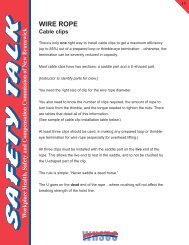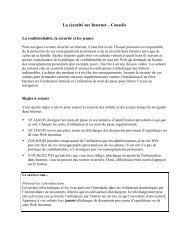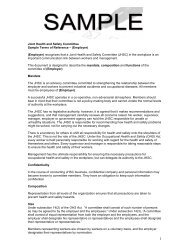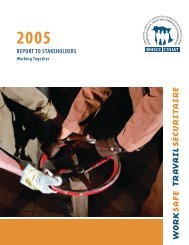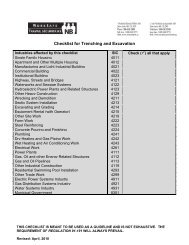OFFICE ERGONOMICS
OFFICE ERGONOMICS
OFFICE ERGONOMICS
Create successful ePaper yourself
Turn your PDF publications into a flip-book with our unique Google optimized e-Paper software.
inPut devices<br />
There are several different types of input<br />
devices. The most popular and widely<br />
used are the keyboard and mouse.<br />
When using a keyboard and mouse, the<br />
upper arms should be relaxed and by your<br />
side, your elbows bent at a right angle<br />
(90 degrees) and your wrists straight.<br />
keYbOard<br />
There are many types of keyboards<br />
designed to place the hands in<br />
a more neutral position to help<br />
prevent musculoskeletal injuries. The<br />
effectiveness of alternate keyboards<br />
depends on the user and the type of<br />
work being performed. They have been<br />
shown to promote neutral wrist and<br />
hand posture, but available research does<br />
not provide conclusive evidence that<br />
alternative keyboards reduce the risk of<br />
discomfort or injury. Since purchasing a<br />
keyboard is a matter of preference, you<br />
should ensure a trial period of at least<br />
a month.<br />
mOuse<br />
Neutral wrist posture<br />
neutral Neutral wrist posture<br />
Neutral wrist posture<br />
Awkward awkward wrist wrist posture posture Correct wrist posture<br />
Awkward wrist posture Correct wrist posture<br />
correct wrist posture<br />
Awkward wrist posture Correct wrist posture<br />
The mouse should be at the same level as the keyboard and easy to reach. You may want<br />
to switch the side of the keyboard on which your mouse is located (by changing hands,<br />
you are using different muscles, thereby reducing the risk of injury). It also relieves those<br />
who are right-hand dominant, since most tasks are already performed with the right hand.<br />
Changing hands can take time and patience, so a gradual change is recommended. The<br />
buttons on the mouse can be changed in the Windows Control Panel to accommodate the<br />
use of a left-handed mouse.<br />
8 Wo r kS a f eNB<br />
Your keyboard<br />
should lie flat or<br />
negatively inclined<br />
(tilted slightly away from<br />
you), not propped up on<br />
keyboard legs. If a tilting<br />
keyboard tray is used,<br />
the end of the keyboard<br />
closest to you should be<br />
on the same plane as<br />
your forearms.<br />
Keyboard on same plane as forearms<br />
Tilted keyboard<br />
Negatively tilted keyboard


